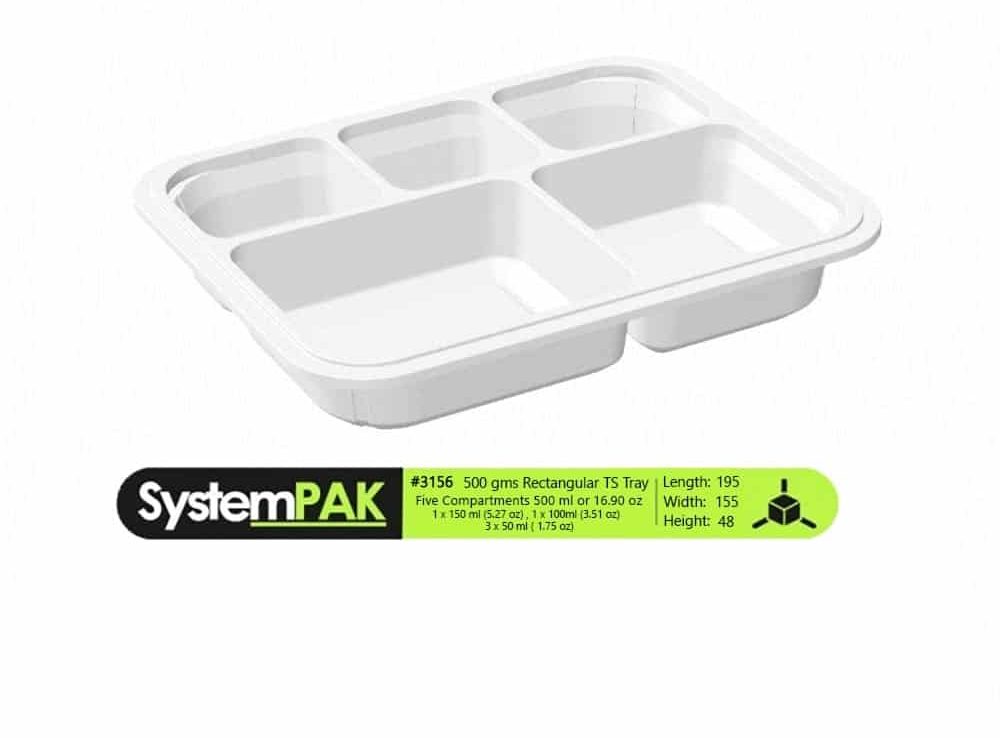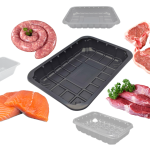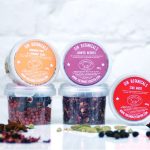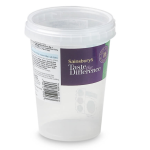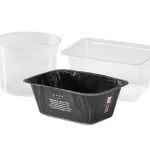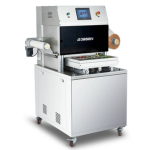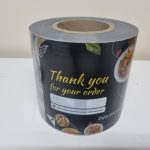At SystemPak, we supply a wide range of packaging solutions tailored to meet the needs of food manufacturers, processors, and retailers across the UK and beyond. One of our most in-demand products is our range of top seal trays — designed for secure sealing, optimal product presentation, and extended shelf life.
However, choosing the right material for your top seal trays is just as important as selecting the correct size or shape. Each material offers distinct benefits depending on product type, storage conditions, cooking requirements, and sustainability goals. In this guide, we’ll walk you through the most commonly used materials for top seal trays, helping you make the right decision for your business.
CPET (Crystalline Polyethylene Terephthalate)
Best for: Ready meals, bake-off products, dual oven-able packaging
CPET is a highly versatile and heat-resistant material, ideal for applications that require use in both microwaves and conventional ovens. It is the only material on the market suitable for bake-off products, as it maintains its structural integrity at high temperatures. This makes CPET trays particularly valuable for ready meals and hot food applications. CPET is also recyclable in many UK regions, supporting your business’s environmental commitments.
APET (Amorphous Polyethylene Terephthalate)
Best for: Cold foods, fresh produce, high-clarity presentation
APET is a clear, rigid plastic chosen for its excellent transparency and strength. It’s most commonly used for packaging cold items such as fresh meat, poultry, seafood, and salads. While APET is not suitable for oven use, it’s highly effective in Modified Atmosphere Packaging (MAP) and is widely recyclable, making it a strong option for visually appealing, eco-conscious packaging.
rPET (Recycled Polyethylene Terephthalate)
Best for: Eco-conscious cold food packaging
rPET functions similarly to APET but incorporates recycled content, making it a more sustainable alternative. With the same level of clarity and protective properties, rPET supports closed-loop packaging systems and reduces reliance on virgin plastics. It’s a growing choice for brands looking to align with circular economy principles.
Polypropylene (PP)
Best for: Microwavable meals, sauces, deli items
Polypropylene is a lightweight, versatile material suitable for both hot and cold foods. It offers solid heat resistance, making it ideal for microwave applications, and performs well in MAP formats.
Importantly, PP is the most cost-effective material available, due to its specific gravity (SG) — offering a higher yield per tonne, which significantly lowers production costs. It’s a practical choice for high-volume manufacturing and value-driven packaging strategies. While recyclability can vary by region, it is increasingly accepted in local recycling streams.
Paperboard and Fibre-Based Trays
Best for: Ambient and chilled items, sustainability-first brands
For brands looking to reduce plastic usage, fibre-based or paperboard trays are an attractive solution. These often feature a thin barrier lining to maintain food freshness and enable top sealing. Suitable for chilled or ambient foods, these trays can be fully recyclable or compostable, depending on the coating used. While they may not yet be ideal for all food types, they’re gaining popularity among environmentally conscious consumers and businesses.
Dual-Material Trays (Hybrid Options)
Best for: Balancing sustainability with performance
Some trays combine materials, such as a paperboard base with a plastic liner, to reduce plastic content without sacrificing function. These hybrid trays are designed for easy separation to improve recyclability. They are an effective middle ground for businesses working towards reducing plastic use while maintaining product integrity.
Helping You Choose the Right Tray Material
Selecting the right top seal tray material depends on several factors — including temperature resistance, presentation needs, shelf life, sustainability targets, and cost considerations. At SystemPak, we work closely with our customers to recommend the most suitable materials and formats tailored to each application.
Our range includes solutions for frozen meals, fresh produce, chilled ready meals, and more — with custom sizes, formats, and sealing options available to meet your unique requirements.Contact Us Today
Whether you’re looking to improve shelf life, reduce plastic use, or optimise packaging costs, we’re here to help. Get in touch to speak with our team or explore our top seal tray collection at systempak.net.

